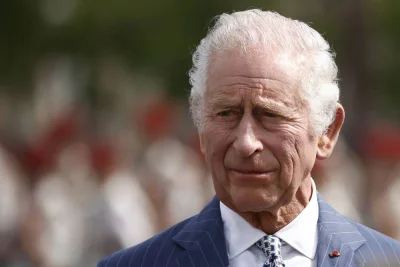The US has historically maintained a strong dollar policy. Already the world’s reserve currency, the dollar’s hold over the world of foreign exchange has grown even stronger during the Covid-19 pandemic.
The greenback has an overarching sway over the financial world.
The US currency is on one side of almost 90% of foreign-exchange transactions and accounts for two-thirds of international debt. Virtually all international trades in oil are priced in dollars.
Jean-Claude Juncker, the former president of the European Commission, has said it was “absurd” that 80% of Europe’s energy imports are priced in dollars.
When the markets are teetering, investors view the US currency as the safest haven, even more so than gold, the yen or the Swiss franc.
As the grim economic implications of the virus outbreak strained markets in March, demand for the dollar soared, pushing other currencies lower.
Countries with significant debt denominated in dollars suddenly faced higher repayments just as they were confronted with looming recession.
Banks — wary of lending to other banks during the eye of a financial storm — started hoarding the greenback, pushing gauges of funding stress to their highest levels in more than a decade. It was the Fed’s actions that prevented dollar shortfalls turning into currency crises.
The pandemic has served as a reminder that the greenback remains the haven of choice when uncertainty takes over.
How the US currency moves – regardless of direction – is the single most important determinant of sentiment across asset classes these days.
While investors have begun to factor in regional data trends in daily trading decisions, the US currency’s medium-term prospects are still key to their longer-term strategies.
The euro-pound exchange rate is a prime example.
Its realised volatility stands almost 200 basis points below the five-year average, showing how ranges have tightened after the market turmoil in March.
Just how important the dollar’s direction has become this year is also depicted in its recent range against the yen. The Japanese currency also serves as a haven currency and its lockstep dance with the greenback showcases the latter’s heightened correlation with risk bias.
American exceptionalism has become one of the market’s main narratives once again and it can be clearly shown by the so-called volatility term structures of the yen, the pound and the Swiss franc.
The six members of the Gulf Co-operation Council have been running currency pegs or managed foreign-exchange regimes since the early 1970s. Kuwait pegs the dinar to a basket of currencies believed to be dominated by the US dollar, while the others are linked solely to the greenback.
Foreign-exchange reserve managers at central banks around the globe generally expect the dollar to remain dominant for at least another quarter-century.
Roughly 66% of managers believed the greenback will remain the reserve currency of choice over the next 25 years, according to a 2019 UBS Asset Management survey of 30 central banks.
The US currency accounted for about 62% of global central banks’ $11.7tn foreign-exchange reserves, the International Monetary Fund said in October 2019.
The dollar’s status as a global reserve currency means that other countries also rely on its stability. Investors should also keep in mind how a strong-versus-weak dollar impacts their investments.

viewpoint


